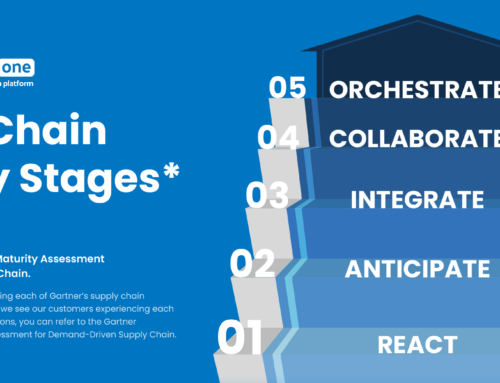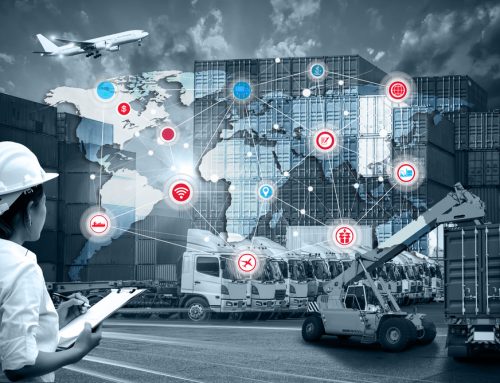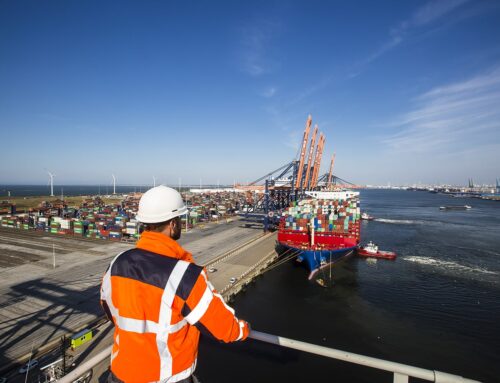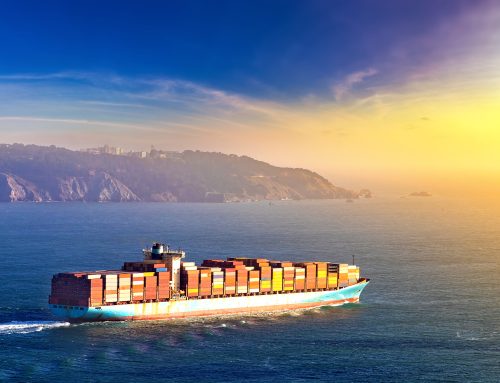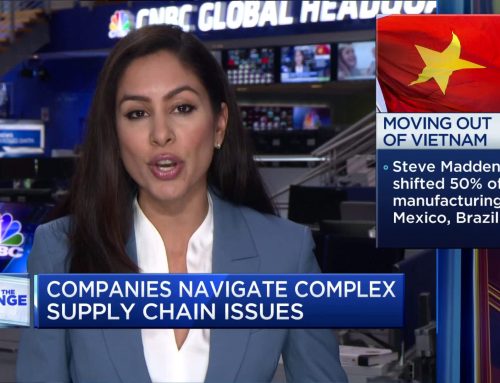When it comes to global trade, Brexit isn’t the only apple cart being upended at moment. Domestic and international politics, rising oil prices, and global tensions are creating a volatile and highly unpredictable trade environment globally. What’s Ahead For Supply Chain Executives In 2019?
Climate Change will drive innovation, as today’s customer is looking to do business with ethical companies that can prove the sustainability of their operational processes and practices. Data from Nielsen, in fact, finds that 66% of global customers are willing to pay more for sustainable goods. So sustainable supply chain processes are good not only for the environment but also for customer satisfaction and – in many cases – for cost reduction as well.
BRICS countries become more strategic as they continue to have GDP growth rates of 6% and higher. Overall, trade from and to these countries will increase – with major corporations expanding or building manufacturing and logistics hubs in all these countries.
On-Line Retailing will continue to gain market share as giants like Amazon and Alibaba continue to flex their ecommerce muscles. Amazon owns almost 50% of the ecommerce market in the US while Alibaba sets new records – like sales of 30.8 billion in one day last year.
Supply Chains will be revenue generators as they become the catalyst for new business process such as 2-hour deliveries, “x-as-a-service” models, individualized offerings to the “segment of one” and more.
Chief supply chain officer (CSCO’s) become more strategic as they can deliver greater value to companies seeking to move in such directions. As supply chain management and execution becomes a differentiator for companies, look for the CSCO – historically a back-office role – to come out of the shadows.
Internet of Things (IoT), machine learning, and predictive analytics will be at the forefront to run real-time intelligent supply chains.
Blockchain projects will move from proofs of concept to proofs of value and supply chain processes are a natural area to start, with uses cases such as track and trace, minimizing counterfeiting, ethical sourcing and cross boarder and company ownership as key candidates.
3D Printing in warehouses and manufacturing will grow as consumers look for individualized products and manufacturers look to reduce costs and be more responsive by manufacturing or finishing products closer to the demand.
Robotics process automation (RPA) will increase. The key is to realize what can be automated and what requires human intervention, with the goal of augmenting humans with AI and robotics, not replace them. As I was once told, “AI doesn’t take the person out of the process. It takes the robot out of the person.”

